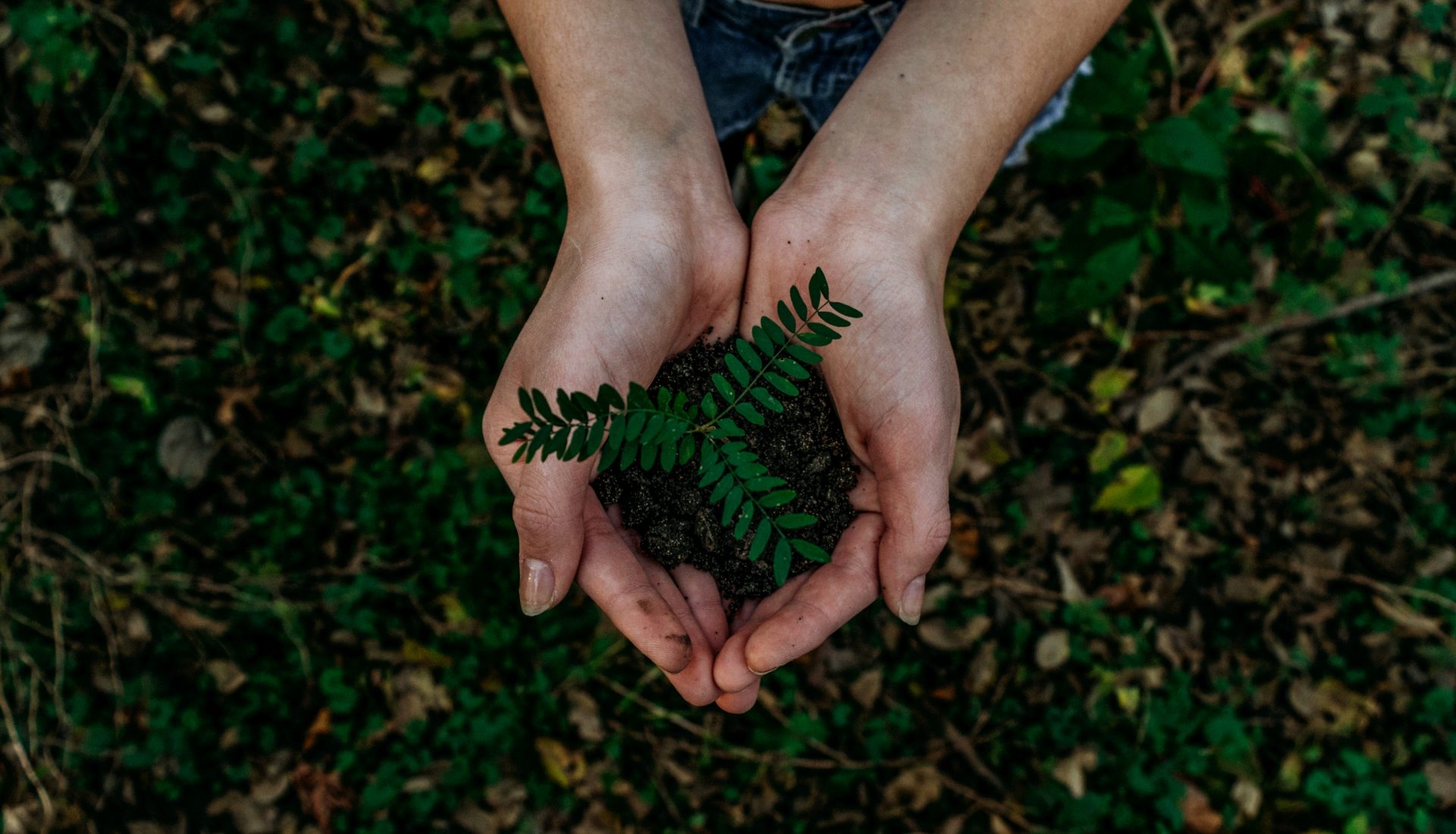
A guide to the fundamental rules of good planting
- Make sure you select the right plant for your location. It should have the right soil, light requirements, hardiness, and moisture needs as well as desired mature size.
- Dig the hole large enough to accommodate the plant. Do not plant too deep or too shallow as the plant may suffer. Ensure the soil is suitable. You may need to improve it by adding peat moss and manure.
- Place root mass or potted plant into the hole at the desired depth. If roots appear to be growing circular or are root bound, pull or slit the root mass in several places to encourage the outward movement of root growth. This will increase root mass and make the plant more stable.
- Once the soil is put back around the plant it is important to position and stabilize the plant and give it a thorough watering. It may be necessary to pack it in one more time after the water settles.
- We recommend the use of transplant fertilizer with all new plants. We also suggest using appropriate growth or flowering fertilizer as needed.
- Water is the most critical ingredient for your new plant. If the top 2 inches of the soil is dry it is time to water. Water deeply and slowly, (preferably 5-6 inches), early in the morning or a couple of hours before sunset. If there seems to be adequate moisture, do not water as you may drown or damage the plant. Overwatering is just as bad as under watering.
- Once a plant is established, its moisture requirements usually lessen. The use of mulch such as bark, grass clippings, leaves, or rock will reduce moisture loss as it acts as an insulator between the sun and the soil. It will also aid in weed prevention.
- Like all living things, plants can be infected with disease and insects. Most of these problems are preventable or treatable. The sooner you spot the problem the easier it is to treat. We will gladly assist you with any problem. If you bring us a sample, please seal any specimens in a plastic bag to prevent the spread of disease or escape of insect.
- To see if a plant is still alive, gently scratch the bark on a woody branch. If it is green or white it should still be okay. If it is brown then it is dead or damaged. Check further down the stem until you get to healthy wood.
Feel free to contact us if there are any problems or if you have questions about planting and care.
